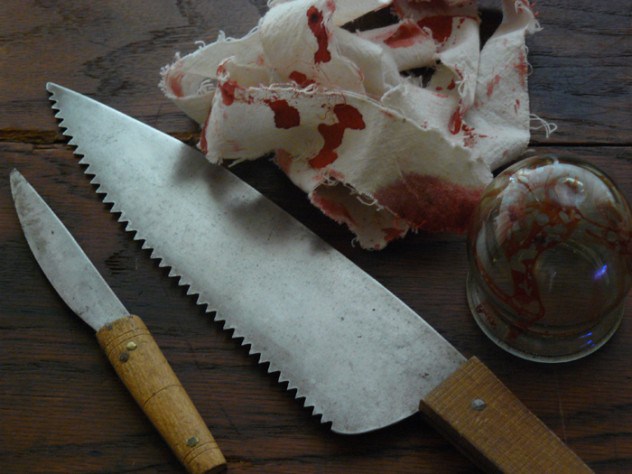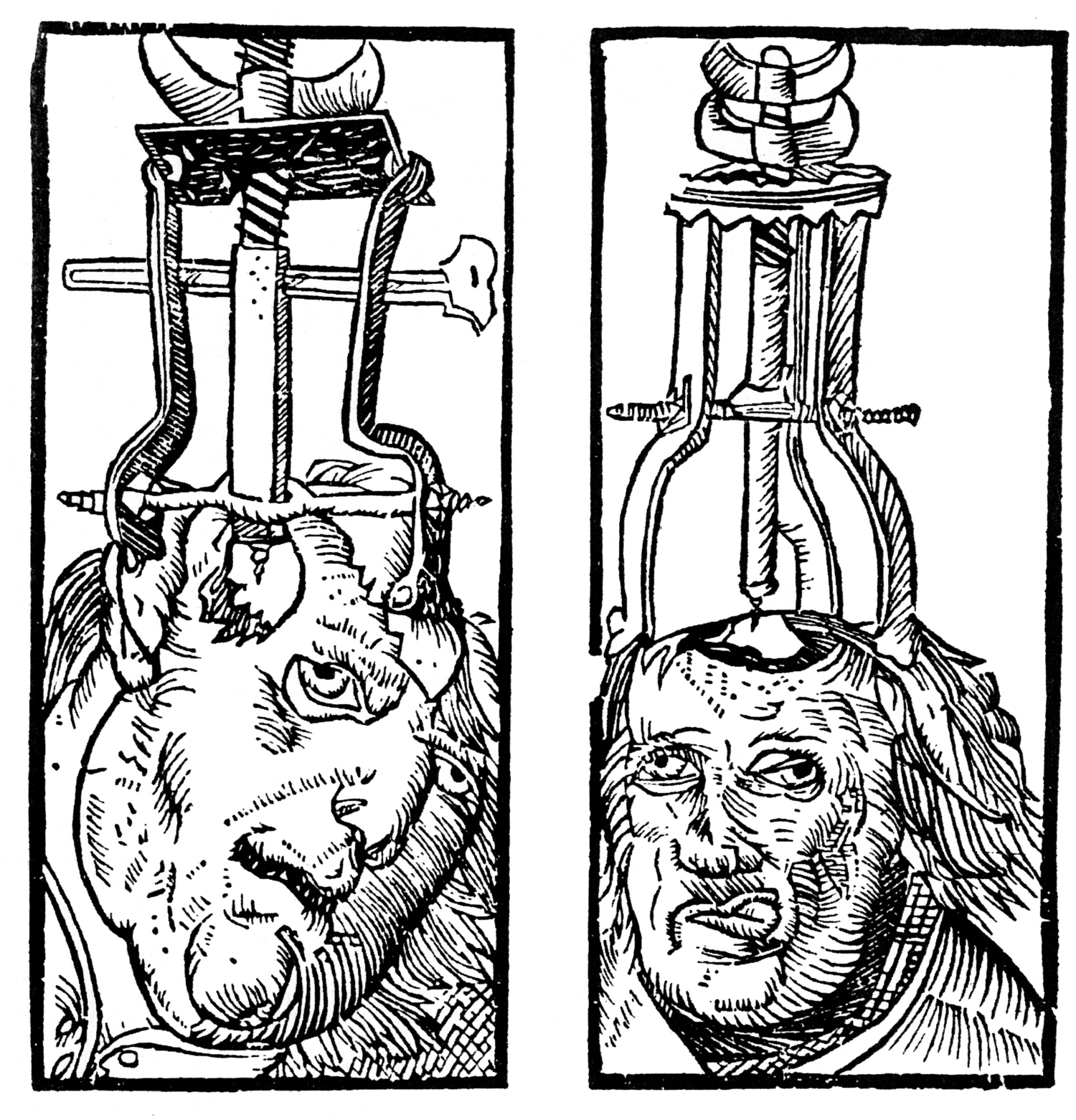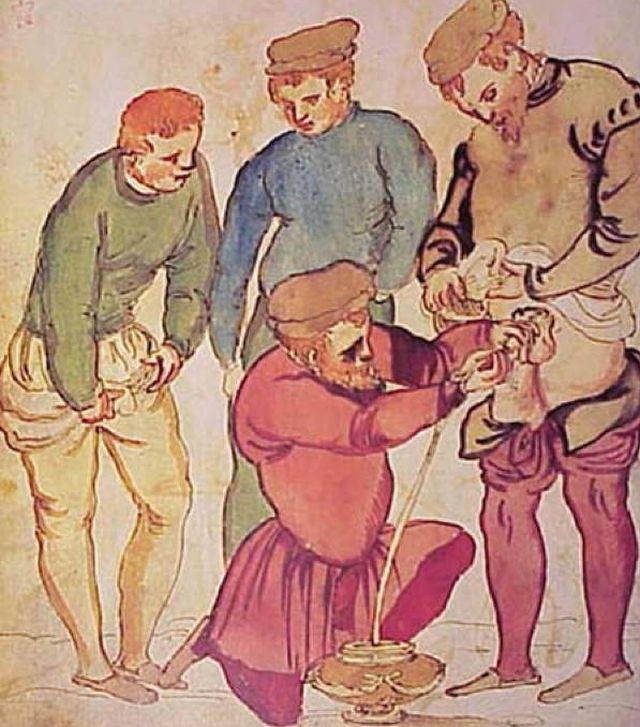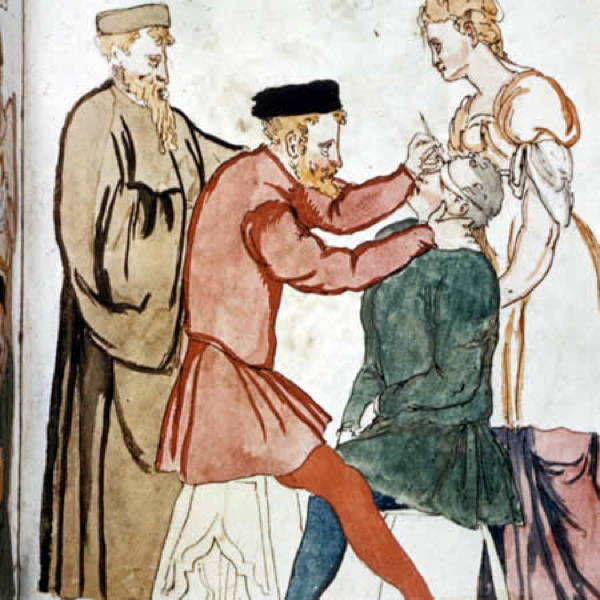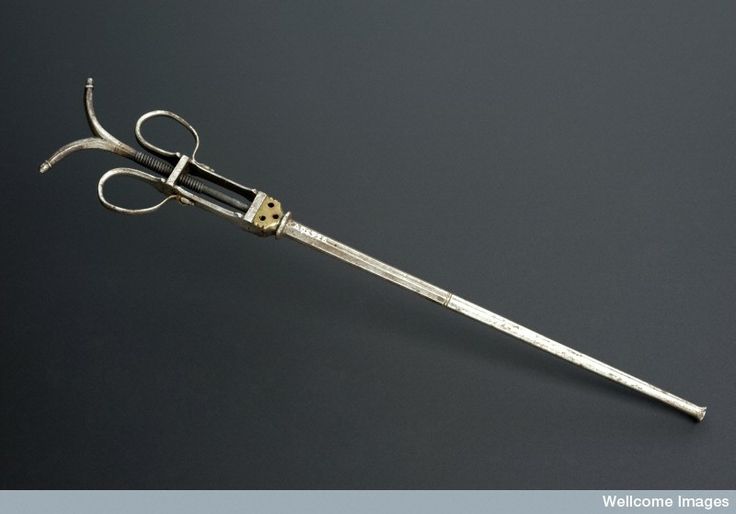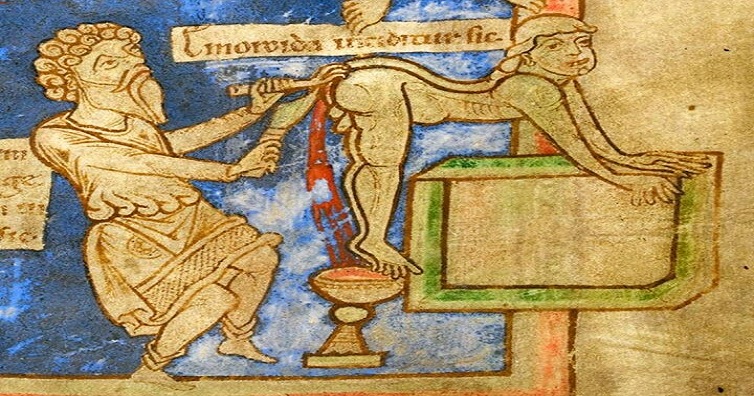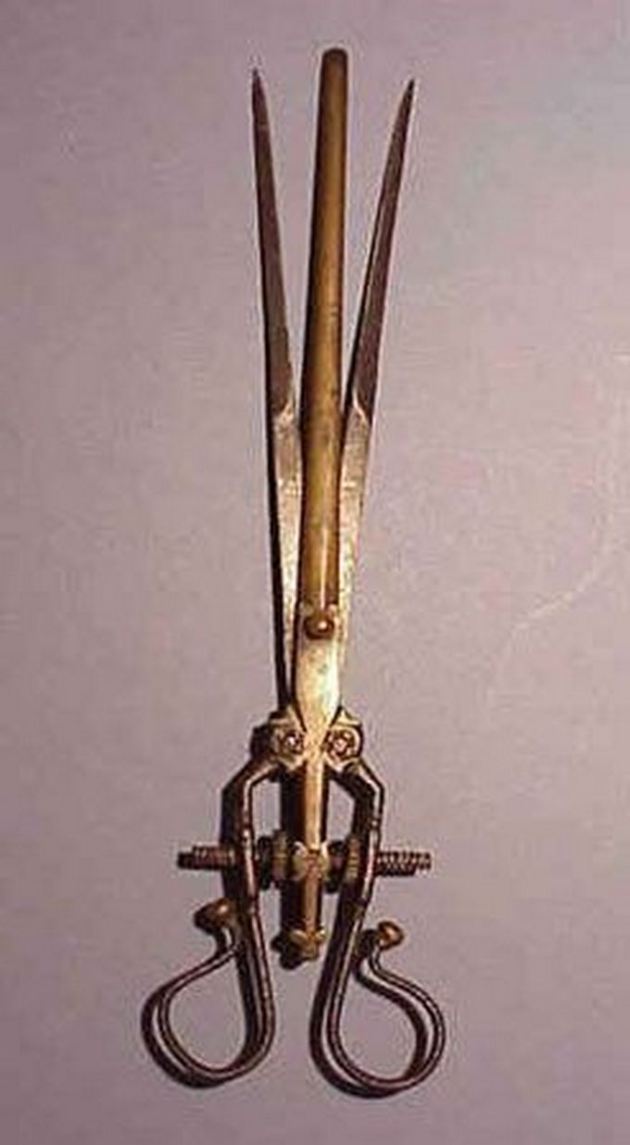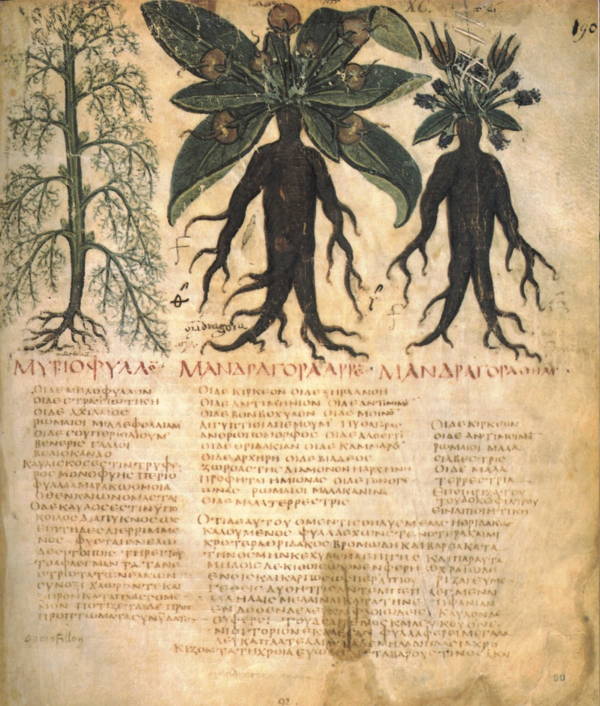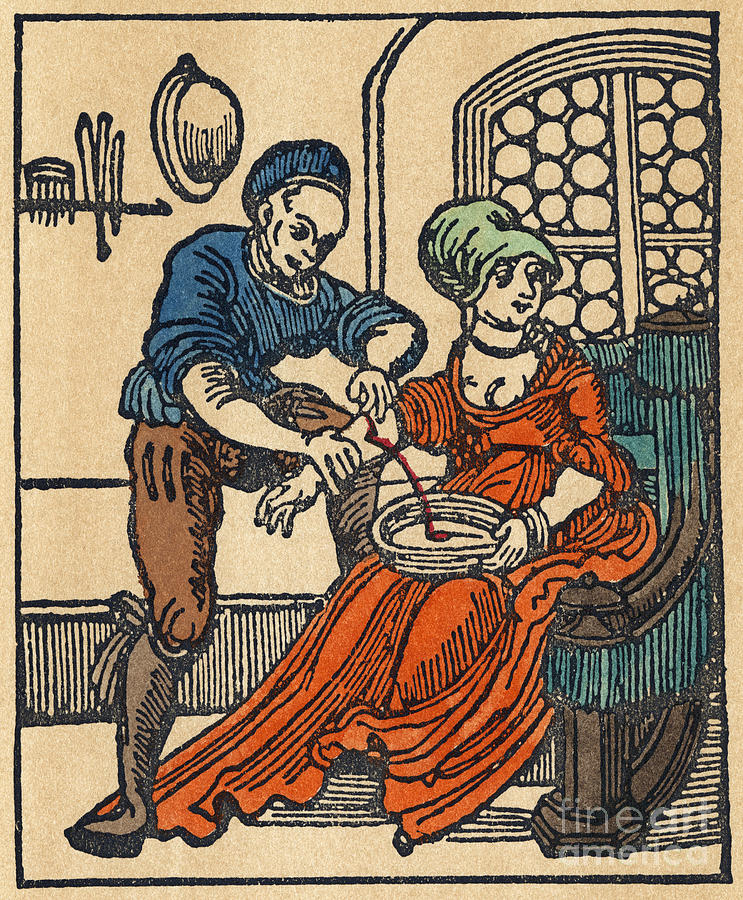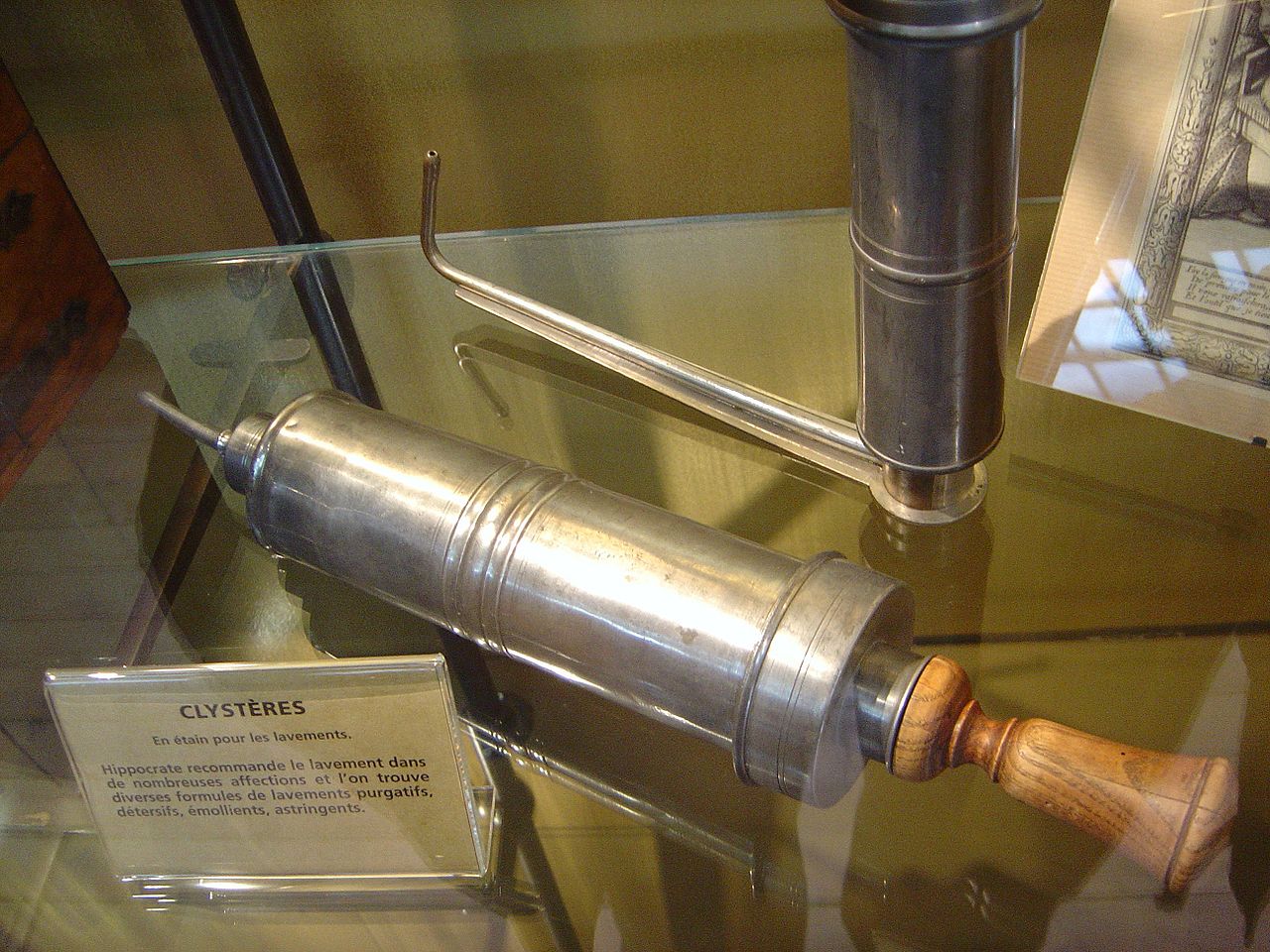A Creepy Medical Tour Through Medieval Times
Though weird and painful, there is historical evidence that these surgical devices were actually used.
Published 9 years ago in Creepy
1
Bare Knives: Being a patient in the Medieval era was a curse. It was to invite death. Medieval surgeons were not so skilled and the surgery used to be crude and blunt with a lot risk of death. Surgeons had the poorest knowledge about the human anatomy, they used un-sterilized random sharp objects for surgery. Patients had very little chance of survival. But still, some evidence shows the miraculous success of surgery at times.
2
Trepanning: The procedure of drilling a hole into the skull to treat intracranial complications or any issues regarding the head. During the Medieval era, a sufferer of a mental disease was considered possessed by evil spirits and had to go through the procedure of trepanning. The procedure obviously extremely risky, and patients hardly ever survived. But there were some records of "successful" trepanning in which people lived with a new soft spot.
3
Metallic Catheters: A metallic tube was inserted painfully in the bladder to treat urine blockage or other urinary complications. The practice became popular in the 13th century. Inserting the catheter forcefully into the bladder through the urethra was not an easy, pleasant, or harmless task as many men were permanently injured.
6
Hot iron to treat hemorrhoids: During Medieval times, physicians used the cautery irons to treat the hemorrhoids. St. Fiacre (an Irish monk in the 7th century) was believed to be the savior of hemorrhoid sufferers. Peasants had to pray him. If not, the victims of hemorrhoids would be sent to the monks who'd press their anuses with a red hot iron. The disease was often called "St. Fiacre's curse."
8
Dwale: An anesthetic potion from old England used during surgery. Surgery in the Medieval era was performed only when the patient was in life/death condition because even the anesthesia in surgeries often led to death. The potion was prepared from hemlock juice, opium, castrated boar gall, briny, vinegar etc.
10
Clyster Syringes: In Medieval times these were used to perform enemas. The long metal tube was filled with a medicinal liquid, which was injected into the rectum through the anus. The procedure was called "enema," and it was for the treatment of constipation or bowel cleansing. Thank goodness horrific procedures like this ended with the medieval era.

